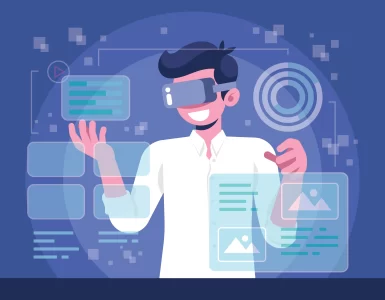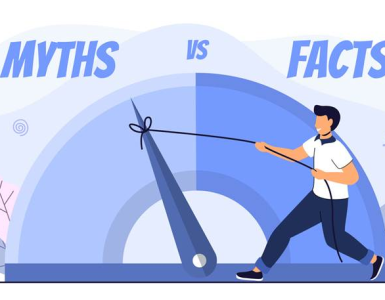Have you ever found yourself in a conversation about the digital world, nodding along as someone throws around terms like “digitization,” “digitalization,” and “digital transformation,” only to realize you’re not entirely sure what they mean or how they differ? Don’t worry, you’re not alone.
These buzzwords can often become a jumbled mess, leaving even the most tech-savvy individuals scratching their heads.
In this article, we’ll break down the differences between digitization, digitalization, and digital transformation in a way that’s easy to grasp.
So without further ado, let’s begin our research.
What is Digitization?
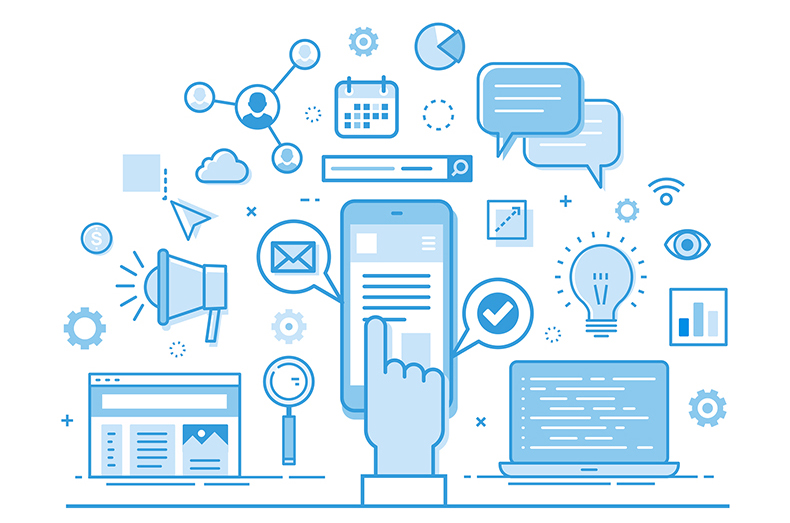
At its core, digitization refers to the process of converting analog data or information from a physical format into a digital representation that can be stored, accessed, and manipulated using computers and digital devices.
It is the process of converting analog information into binary code, a language of 0 and 1s. Binary data is something that all computers and smart devices understand.
How is Data Digitized?
Information is digitized through a process called encoding, which converts analog signals into a digital format.
The digitization process relies on one or more of the following techniques.
Scanning:
Scanning digitizes printed materials by using an image sensor to capture the analog information and convert it into a digital image file. The scanner captures the information by breaking it down into a grid of pixels, with each pixel representing a specific color or grayscale value, resulting in a raster image file format like JPEG, PNG, or TIFF.
Optical Character Recognition (OCR):
OCR software analyzes scanned images of text documents and identifies the characters based on their shape and pattern. It then converts these recognized characters into machine-readable digital text formats, such as ASCII or Unicode, enabling the text to be edited, searched, and processed digitally.
Analog-to-Digital Conversion (ADC):
This process digitizes analog audio and video signals by sampling the continuous waveform at specific intervals, called the sampling rate. The ADC measures the amplitude of the analog signal at each sampling point and converts it into a digital value, typically a binary number. The higher the sampling rate, the more accurate the digital representation of the original analog signal.
Sampling:
Sampling is a fundamental technique used in ADC to digitize analog signals. It involves measuring the amplitude of the analog waveform at evenly spaced time intervals, called the sampling period. These amplitude measurements are then quantized into discrete digital values, resulting in a digital representation of the original analog signal.
Audio and Video Digitization:
Audio and Video Digitization is all about capturing analog audio or video signals using a microphone or camera, respectively. And then converting these signals into digital formats through ADC and sampling techniques. Digitized audio is typically stored as PCM (Pulse Code Modulation) or compressed formats like MP3. While video is stored in formats like MPEG or AVI.
Data Digitization:
Numeric data from various fields can be digitized by converting it into a binary or digital representation. Data digitization is all about converting the data from analog sources (e.g., sensor readings) or manually entering the data into a digital system. The digitized data can then be stored, processed, and analyzed using computers and software.
What Are Some Examples of Digitization?
Here are a few examples of information that has undergone the process of digitization.
- Videos, such as TV shows, webcam footage, movies, and more.
- Audio, such as music, speeches, and interviews.
- Images, such as photos, artwork, and medical images.
- Text, such as books, articles, and contracts.
- Data, such as numeric data from sensors, financial data, and weather data.
- Data from barcodes and quick response (QR) codes can be scanned into a digital format to make them machine-readable.
What is Digitalization?
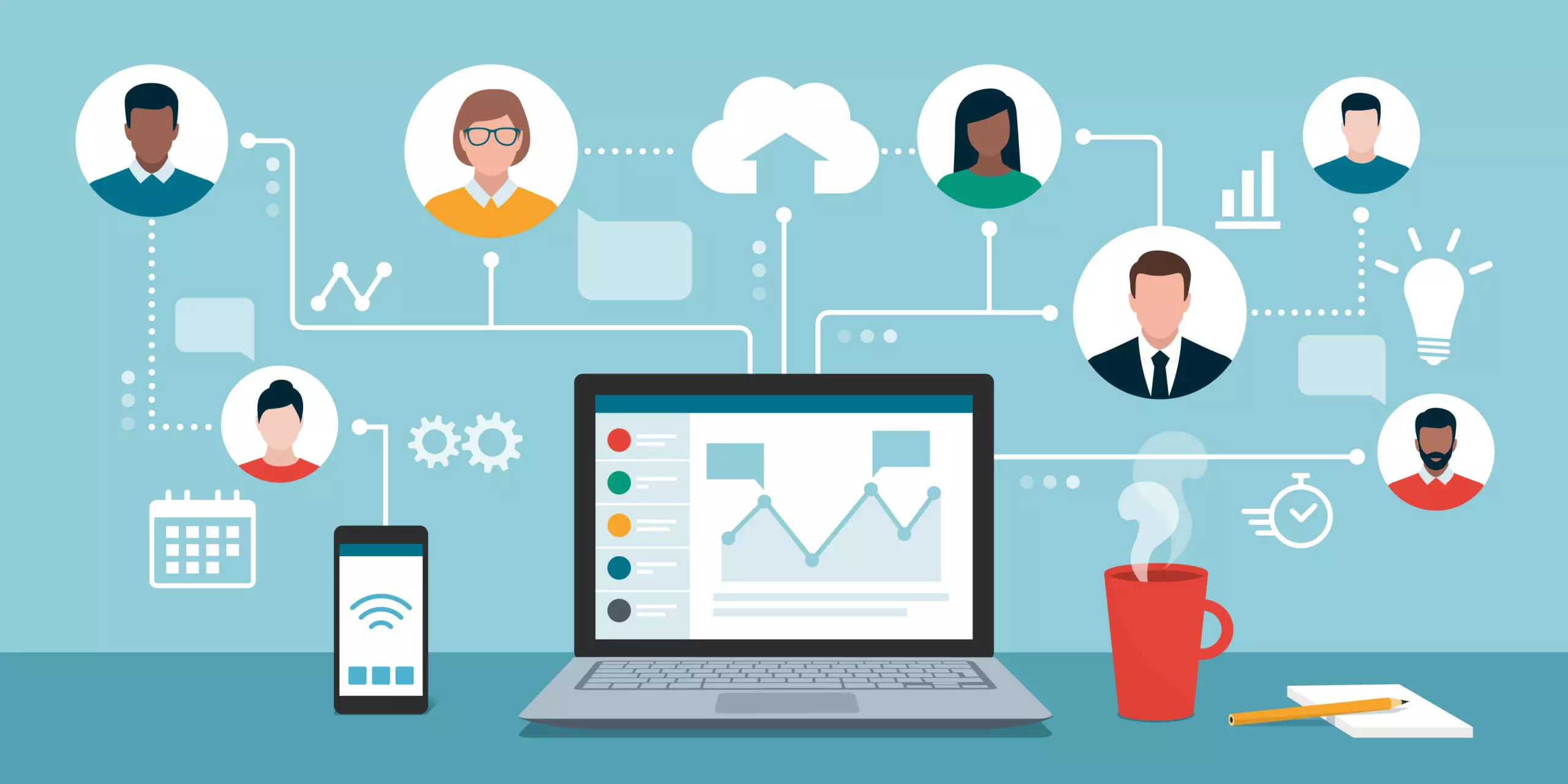
Digitalization is the process of making use of digital technologies and data to transform traditional business models, operations, and processes across various industries and sectors. Digitalization is all about integrating digital technologies into every aspect of an organization.
What Are the Steps of Digitalization?
The digitalization journey typically involves several important steps:
Data Digitization:
As discussed earlier, data digitization converts analog information, such as documents, images, and records, into digital formats that can be processed and analyzed by computers.
Digital Transformation:
Digital transformation is the adoption of digital technologies, such as cloud computing, mobile applications, big data analytics, and artificial intelligence to redesign business processes, products, and services.
Data Integration and Management:
With the proliferation of digital data, organizations must implement robust systems and strategies to integrate data from various sources, ensure data quality, and enable data-driven decision-making.
Automation and Optimization:
Digitalization enables the automation of repetitive tasks and the optimization of processes through the use of technologies like robotic process automation (RPA), machine learning, and Internet of Things (IoT) solutions.
Digital Culture and Mindset:
Successful digitalization requires a shift in organizational culture and mindset, fostering a digital-first approach, embracing innovation, and encouraging continuous learning and adaptation.
What Are Some Examples of Digitalization?
Examples of digitalization can be found across various industries:
- Retail: Online shopping platforms, personalized recommendations, and omnichannel experiences.
- Manufacturing: Smart factories, predictive maintenance, and supply chain optimization.
- Healthcare: Telemedicine, electronic health records, and AI-assisted diagnostics.
- Finance: Mobile banking, algorithmic trading, and fraud detection using machine learning.
- Education: Online learning platforms, interactive educational content, and adaptive learning technologies.
What is Digital Transformation?

Digital transformation, on the other hand, is a specific aspect or subset of digitalization. It focuses on the use of digital technologies to fundamentally change and reimagine business processes, products & services.
Digital transformation is often driven by adapting to changing market conditions, customer demands, or technological advancements.
How is Digital Transformation Different from Digitization?
Digitalization is the overarching process of infusing digital technologies into an organization. While digital transformation is a specific initiative or program within that broader digitalization journey. Digital transformation is about using digital technologies to reshape the way an organization operates, deliver value to customers, and compete in the growing market.
Digitalization sets the foundation and provides the infrastructure for digital transformation initiatives. Digital transformation projects are more focused and allow you to make efforts that drive specific changes or innovation within the broader digitalization strategy.
How Do Digital Transformation Implementations Take Place?
Retail:

- Implementing e-commerce platforms and online shopping experiences.
- Developing mobile apps for shopping and customer engagement.
- Using data analytics to personalize product recommendations and promotions.
- Adopting omnichannel strategies to provide seamless shopping experiences across physical and digital channels.
Banking and Finance:

- Introducing mobile banking apps and digital payment solutions.
- Implementing advanced fraud detection systems using machine learning.
- Offering robo-advisory services for investment and financial planning.
- Leveraging blockchain technology for secure and transparent transactions.
Healthcare:
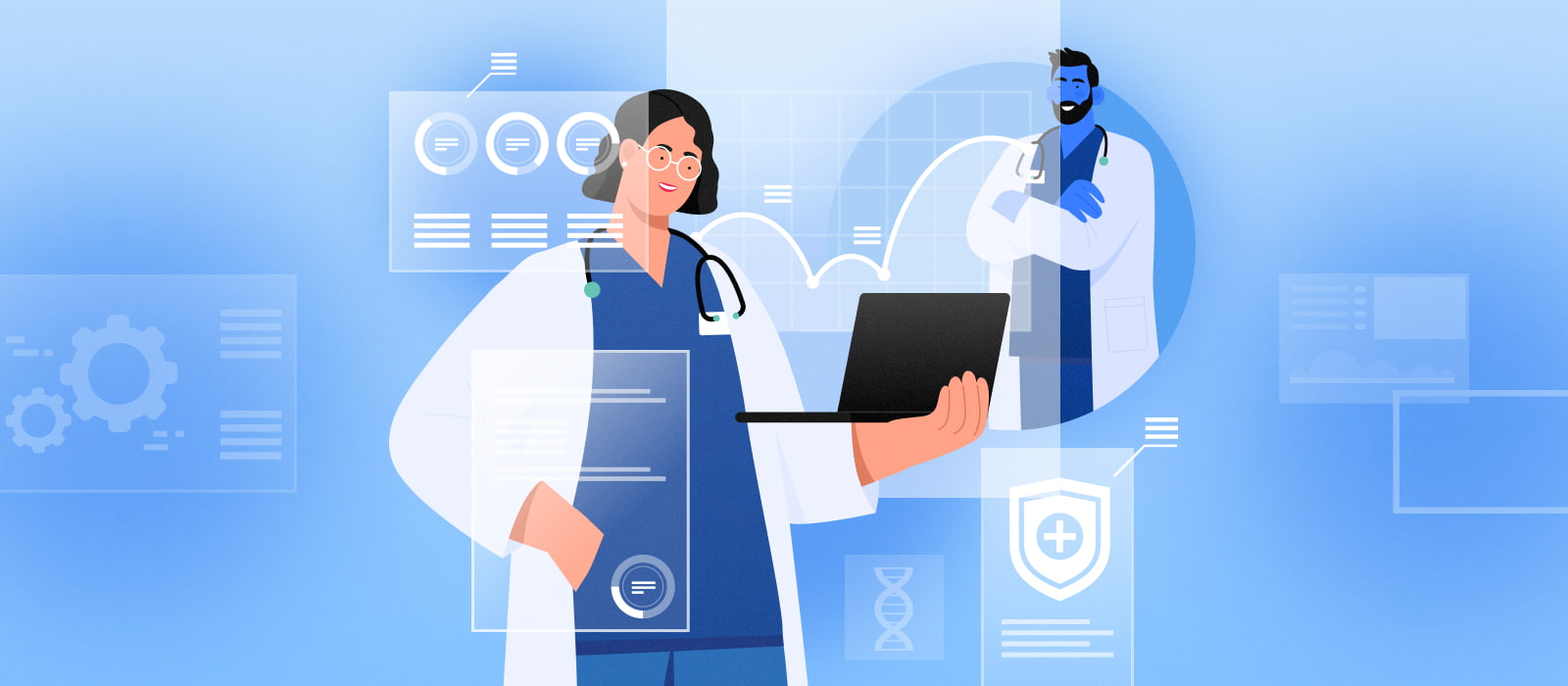
- Adopting electronic health records (EHRs) and patient portals.
- Implementing telemedicine solutions for remote patient monitoring and consultations.
- Using AI and machine learning for medical diagnosis and treatment recommendations.
- Developing wearable devices and mobile apps for patient engagement and health tracking.
Manufacturing:
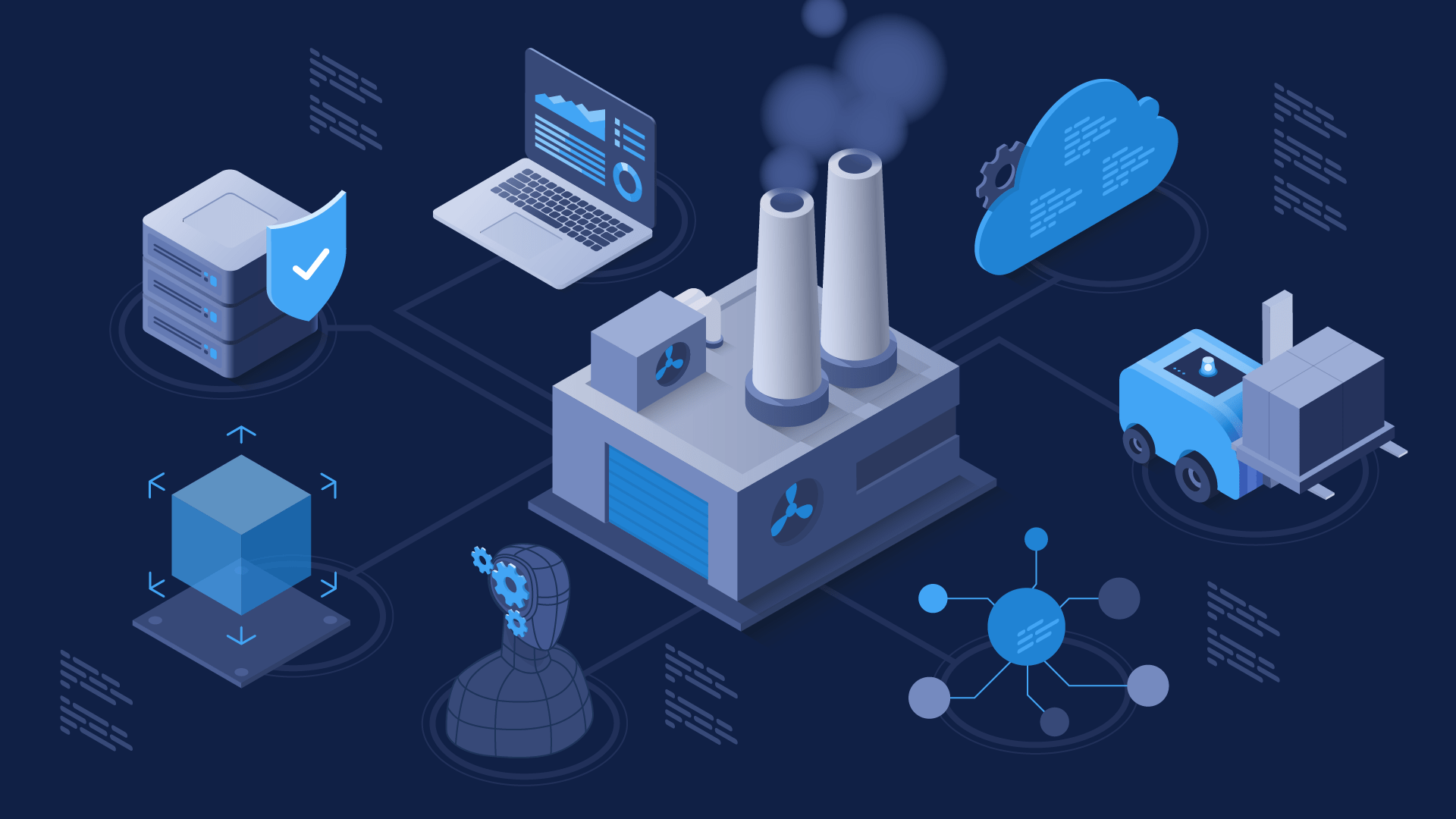
- Implementing smart factory solutions with connected IoT devices and sensors.
- Adopting predictive maintenance strategies using machine learning algorithms.
- Leveraging digital twins (virtual replicas) for product design and simulation.
- Optimizing supply chain operations through real-time data analytics.
Media and Entertainment:

- Offering streaming services for on-demand content consumption.
- Developing interactive and immersive experiences using virtual and augmented reality.
- Using data analytics to personalize content recommendations.
- Implementing digital platforms for content creation, distribution, and monetization.
Education:

- Introducing online learning platforms and virtual classrooms.
- Developing interactive educational content and gamified learning experiences.
- Implementing adaptive learning technologies that personalize the learning experience.
- Using data analytics to track student performance.
Transportation and Logistics:

- Implementing fleet management systems with real-time tracking and route optimization.
- Using autonomous vehicles and drone delivery services.
- Developing custom mobile apps for ride-sharing and on-demand transportation services.
- Making use of IoT devices and sensors for asset tracking and condition monitoring.
All of these three concepts form a cyclical and interdependent relationship. Digitization provides raw material (digital data) for digitalization efforts, which then enable organizations to identify and execute digital transformation projects. The insights and learnings from digital transformation initiatives can then inform and refine the organization’s digitalization strategy, leading to further digitization efforts & the continuous evolution of digital capabilities.
Key Takeaways
- Digitization is converting physical data/information into digital format.
- Digitalization is integrating digital technologies across an organization to transform operations.
- Digital transformation is using digital technologies to fundamentally change business processes, products, and services.
- Digitization enables digitalization, which enables digital transformation initiatives.
- Digital transformation implementations introduce new digital solutions like e-commerce, mobile apps, AI, IoT, etc.
- Successful digitalization requires a digital-first culture and mindset.
- The three concepts are interdependent, with insights from digital transformation shaping further digitalization and digitization efforts.
Final Note:
Hope you’re now well aware of how digitization, digitalization, and digital transformation are different concepts.
Successful digital transformation initiatives hinge on an organization’s ability to create a digital-first mindset, encourage collaboration, and assist employees to think creatively and challenge traditional paradigms.
The time to act is now. Invest in the right technologies, cultivate a digitally savvy workforce, and continuously seek ways to optimize your digital capabilities. Branex unlocks your business’s digital potential. Invest in cutting-edge technologies, nurture digital talent, and reimagine your processes.
Lead the industry with a digital-first approach only with Branex, a leading digital transformation company.
Want to learn more? Schedule a contact with us.


